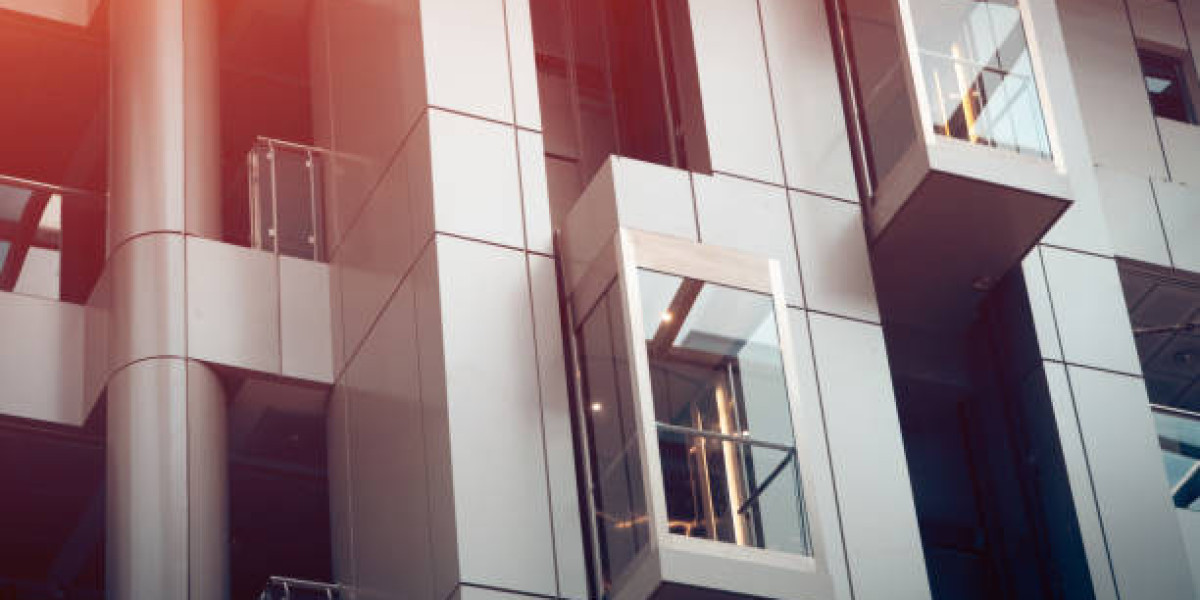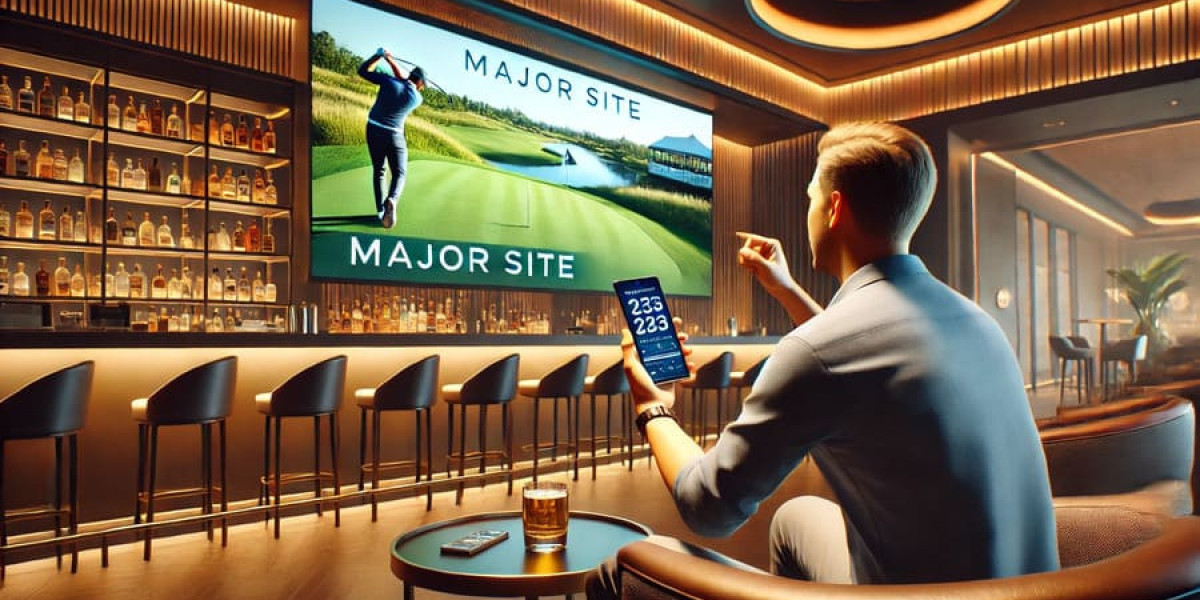Building lifts have become a necessity in modern urban development, especially in a rapidly growing country like the UAE. From residential towers to commercial high-rises, lifts improve accessibility, enhance safety, and boost property value. This guide explores how building lifts work, their types, regulations in the UAE, and factors to consider during installation and maintenance.
What Are Building Lifts?
Building lifts, also known as elevators, are vertical transportation systems used to move people and goods between floors of a structure. They are essential in multi-story buildings for convenience and compliance with accessibility standards.
Key Components of a Lift System
A building lift typically includes the following elements:
A lift car or cabin for passengers or goods
A hoist mechanism (electric motor or hydraulic pump)
Shaft or hoistway for vertical movement
Control systems for operation and safety
Why They Matter in UAE Buildings
In the UAE, the skyline is dominated by high-rise residential and commercial structures. Lifts are not only functional necessities but also part of building code requirements. With high temperatures year-round, vertical transport reduces the physical strain of using stairs, especially in residential and office towers.
Types of Building Lifts Common in the UAE
The UAE construction industry uses several types of lifts based on the building type and purpose. Choosing the right one depends on traffic flow, height, and occupancy.
Passenger Lifts
These are the most common and are used to carry people in residential and office buildings. They are designed for comfort, safety, and efficiency. Features often include air conditioning, emergency alarms, and automatic doors.
Freight Lifts
Freight lifts are designed for transporting heavy goods and are often found in malls, warehouses, and industrial buildings. They have reinforced cabins and stronger hoisting systems.
Service Lifts (Dumbwaiters)
Service lifts are smaller and carry items like food or laundry between floors. Commonly used in hotels, restaurants, and hospitals across the UAE, they improve efficiency in service operations.
Hydraulic Lifts
These use a hydraulic system rather than cables. They are ideal for low-rise buildings such as villas and schools. They are cost-effective and require less space but are slower than traction lifts.
Building Lift Regulations in the UAE
Lift installations in the UAE must comply with local and international safety and building standards. Adhering to regulations ensures safety, reliability, and legal compliance.
Civil Defense and Municipality Approvals
Before installation, lift designs and plans must be approved by local authorities such as:
Dubai Municipality
Abu Dhabi Civil Defense
Sharjah Municipality
These entities ensure that the system meets fire safety, structural, and electrical standards.
Standards and Codes Followed
Most lifts in the UAE are installed in accordance with:
EN 81 standards (European safety standards for lifts)
ISO certifications
UAE Fire and Life Safety Code of Practice
Regular inspection and certification are required to maintain operational licenses.
Considerations When Installing a Building Lift
Installing a lift involves more than selecting a product. Various technical and structural factors affect safety, performance, and compliance.
Building Structure and Space
The design and layout of a building dictate what type of lift can be installed. Load-bearing capacity, shaft dimensions, and headroom height are key factors.
Energy Efficiency
In the UAE, energy efficiency is important due to climate conditions and government sustainability goals. Lift systems with regenerative drives and LED lighting are increasingly used to reduce energy consumption.
Noise and Vibration Control
Modern lifts come with noise-dampening features, which is essential for residential buildings. Soundproofing is important in hotels, hospitals, and office environments.
Accessibility Features
Lifts in public and commercial spaces must be accessible to all users, including those with disabilities. Features such as Braille buttons, audio announcements, and low-level control panels are standard requirements.
Maintenance and Safety Practices
Proper maintenance is essential to keep lifts running efficiently and safely. UAE regulations require periodic checks and preventive servicing.
Routine Inspections
Lift systems must undergo regular inspections by certified professionals. These checks cover cables, brakes, control systems, doors, and emergency alarms.
Emergency Preparedness
All lifts must have:
Alarm systems
Backup power
Manual evacuation tools
Emergency contact display
In the UAE, Civil Defense often audits these safety features to ensure readiness in case of fire or power failure.
Lift Modernization
Older buildings in the UAE are upgrading to newer lift systems for better performance and compliance. Modernization includes updating control systems, replacing motors, and enhancing safety features.
Trends in Building Lifts in the UAE
The UAE is constantly pushing the envelope in infrastructure. Building lifts are evolving to match future needs and smart technologies.
Smart Lift Systems
New systems include features such as:
Touchless controls
Mobile app integration
Destination dispatch technology
These are increasingly popular in smart buildings across Dubai and Abu Dhabi.
Sustainable Practices
Eco-friendly lifts using low-energy motors, solar integration, and recyclable materials are gaining traction in green building projects.
Design Aesthetics
Luxury buildings in the UAE often include glass lifts, panoramic views, and designer interiors. While aesthetic, these lifts also meet strict safety codes.
Conclusion
Building lifts are an integral part of modern construction in the UAE. From functionality to compliance and user experience, many factors influence the type and quality of lift used. Whether you're planning a new building or upgrading an existing one, understanding the different lift types, regulations, and maintenance needs is essential.
Choosing the right lift solution not only improves safety and convenience but also aligns with the UAE’s commitment to innovation and sustainability.








